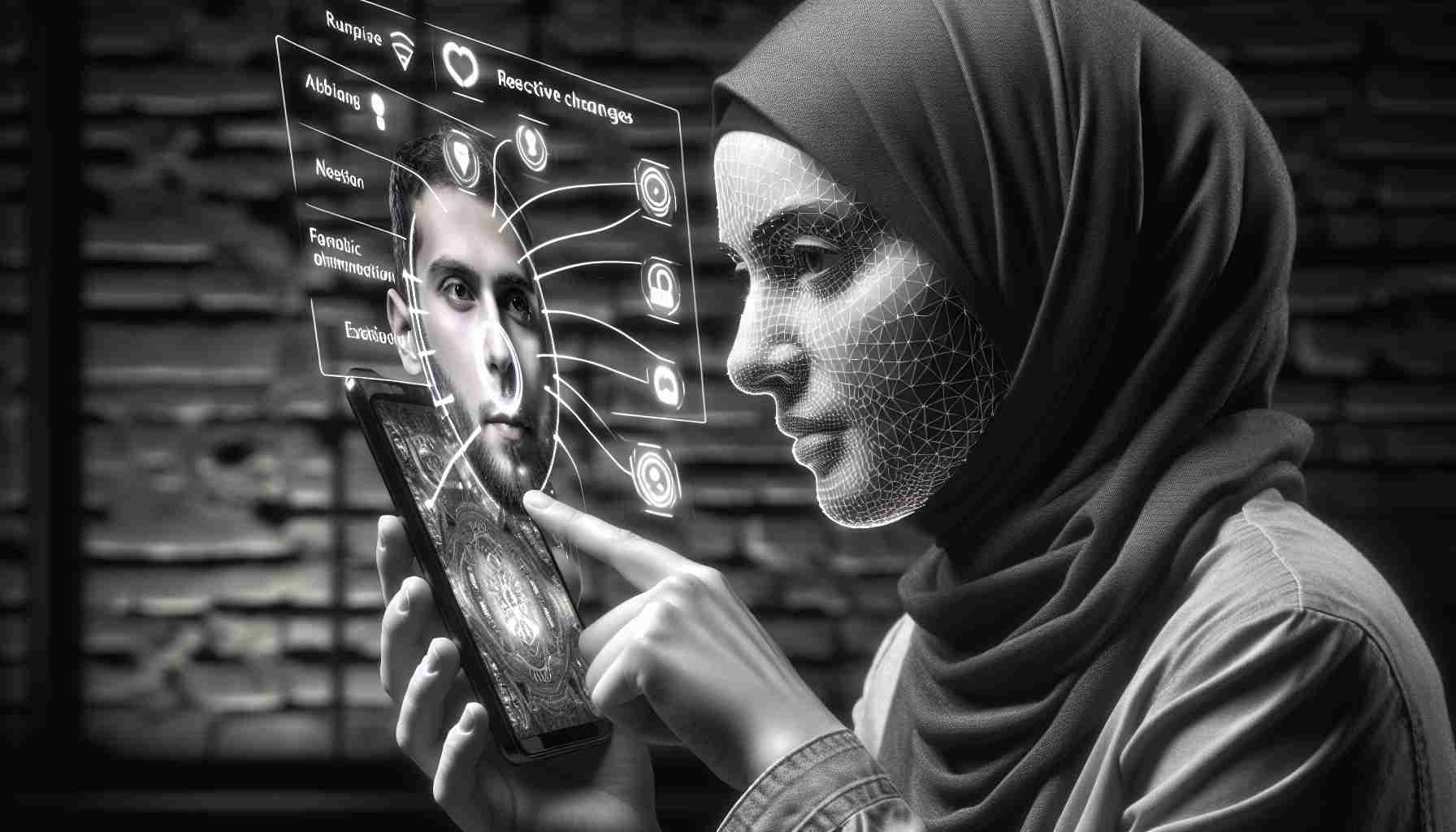Google’s Project Gameface is revolutionizing accessibility in technology by providing a new way for individuals with disabilities to interact with their smartphones. This cutting-edge project is based on the manipulation of a smartphone cursor using facial expressions, and its code is now available for Android developers.
Greater accessibility for all is the primary goal of Project Gameface, which facilitates smartphone use without the need for hands. By utilizing facial movements, such as opening one’s mouth to move the cursor and raising eyebrows to click, users will be able to navigate their devices more effortlessly.
Available to the broader developer community, the code for this transformative technology opens the door for a variety of accessible applications. Developers are empowered to customize apps to respond to users’ unique expressions, thereby offering a personalized experience for each individual based on their specific needs and capabilities.
The innovation originates from the camera’s ability to track facial gestures, converting them into intuitive commands. It enables users to have complete control over their mobile experience, catering it to their personal range of motion and interaction preferences.
Initially conceived for gaming and inspired by the challenges faced by a quadriplegic gamer, Lance Carr, Project Gameface has prospects that go beyond just entertainment. Google’s initiative paves the way for its application in various other contexts, aiming to make the digital world more inclusive.
The topic of hands-free mobile control through facial expressions is an evolving area in accessible technology, particularly for individuals with physical disabilities. This initiative has the potential to transform the way users interact with their devices and access digital content.
Important Questions and Answers:
– Q: How does the technology behind hands-free mobile control work?
A: The technology leverages advanced facial recognition algorithms and the smartphone’s front-facing camera to track facial movements. These movements are then translated into commands that control the cursor on the screen, allowing for hands-free navigation.
– Q: What populations stand to benefit the most from this innovation?
A: Individuals with motor impairments or limited use of their hands, such as those with spinal cord injuries, neuromuscular diseases, or amputations, can greatly benefit from hands-free control of mobile devices.
Key Challenges and Controversies:
One challenge is ensuring the technology can accurately recognize and interpret a wide range of facial expressions across different users, including those with facial differences or movement impairments. Another challenge is balancing privacy concerns related to the use of facial data.
Advantages and Disadvantages:
– Advantages include:
– Increased independence and accessibility for individuals with disabilities.
– Potential personalization of device control to match the user’s abilities and preferences.
– Expansion of technology use in various sectors beyond entertainment, such as assistive communication and smart home device control.
– Disadvantages include:
– Privacy concerns related to the collection and processing of biometric facial data.
– Potential inaccuracy or lack of sensitivity in recognizing and interpreting facial gestures, especially in diverse lighting conditions or for individuals with atypical facial movements.
– Technology limitations might exclude individuals with severe movement restrictions or those who cannot perform facial expressions consistently.
As the technology is often open-source and made available to developers, there’s great scope for community-driven improvement and innovation.
If you’re interested in learning more about these technologies or how they are developed, here are some related links:
– Google Accessibility
– Android
– Web Accessibility Initiative
By examining these considerations, developers and companies alike can continue to refine and advance this field, making the digital landscape ever more inclusive for all types of users.
The source of the article is from the blog dk1250.com
